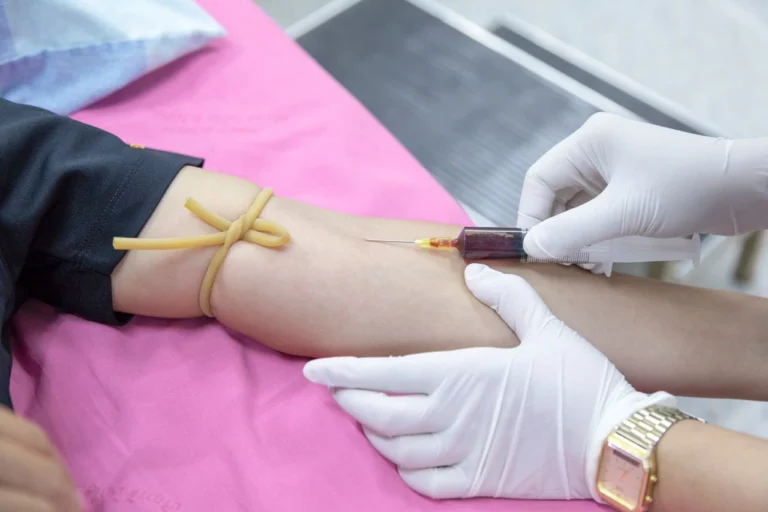Daiichi Sankyo Europe (Daiichi Sankyo) has announced an enhanced commitment to tackling significant gaps in cardiovascular care, focusing on disparities in treatment and outcomes among different patient groups. This renewed focus follows the presentation of data from sub-analyses of the SANTORINI observational study and the ETNA-AF (Edoxaban Treatment in Routine Clinical Practice in Patients with Nonvalvular Atrial Fibrillation) study program at the European Society of Cardiology (ESC) Congress 2024.
Gender Differences in Cardiovascular Treatment and LDL-C Management
Daiichi Sankyo highlights significant gender disparities in cardiovascular disease treatment and LDL-C goal achievement. Elevated low-density lipoprotein cholesterol (LDL-C) is a critical modifiable risk factor for cardiovascular events. For every 1 mmol/L reduction in LDL-C, major cardiovascular events decrease by 22% within a year. Data from the SANTORINI observational study reveal that European women at high or very high cardiovascular risk are often undertreated and less likely to meet recommended LDL-C levels.
In a new subanalysis of the SANTORINI study, involving 5,197 men and 2,013 women, women were found to be undertreated compared to men, achieving guideline-recommended LDL-C levels less frequently. Although LDL-C goal attainment improved from baseline to the first year, men showed higher rates of success (22.9% to 33.3%) than women (16.9% to 24.6%). Additionally, more women than men did not receive lipid-lowering treatment at baseline and after one year.
Professor David Nanchen of the University of Lausanne notes, “The new sub-analysis of the SANTORINI study suggests that women are disproportionately undertreated compared to men, underscoring the need for better cardiovascular risk management in women.”
Therapeutic Adherence and Impact on Outcomes
Adherence to oral anticoagulants is crucial for managing atrial fibrillation (AF). Non-adherence to direct oral anticoagulants (DOACs) increases stroke risk. Daiichi Sankyo’s ETNA-AF program, which includes data from over 28,000 patients across Europe, East Asia, and Japan, reveals that 87.4% of 9,417 patients persisted with edoxaban treatment over four years. Factors such as age, sex, body weight, renal function, and comorbidities were linked to treatment discontinuation and non-persistence.
Professor Raffaele De Caterina highlights, “The high adherence rates observed are encouraging and can inform strategies to improve patient outcomes.”
Treatment of Frail Patients and Comorbidities
Frail patients often face barriers to receiving recommended anticoagulant doses. Analysis from the ETNA-AF study indicates that patients with frailty receiving reduced doses of DOACs had higher all-cause mortality rates compared to those on recommended doses, though major bleeding rates were similar. Furthermore, thromboembolic event rates were low and consistent across different body mass indices, but bleeding rates varied, suggesting body surface area and lean body mass are critical factors in outcome analysis.
Stefan Seyfried of Daiichi Sankyo concludes, “Our commitment remains to uncover treatment gaps and unmet needs in cardiovascular care, striving to reduce the burden on patients and their families.”





